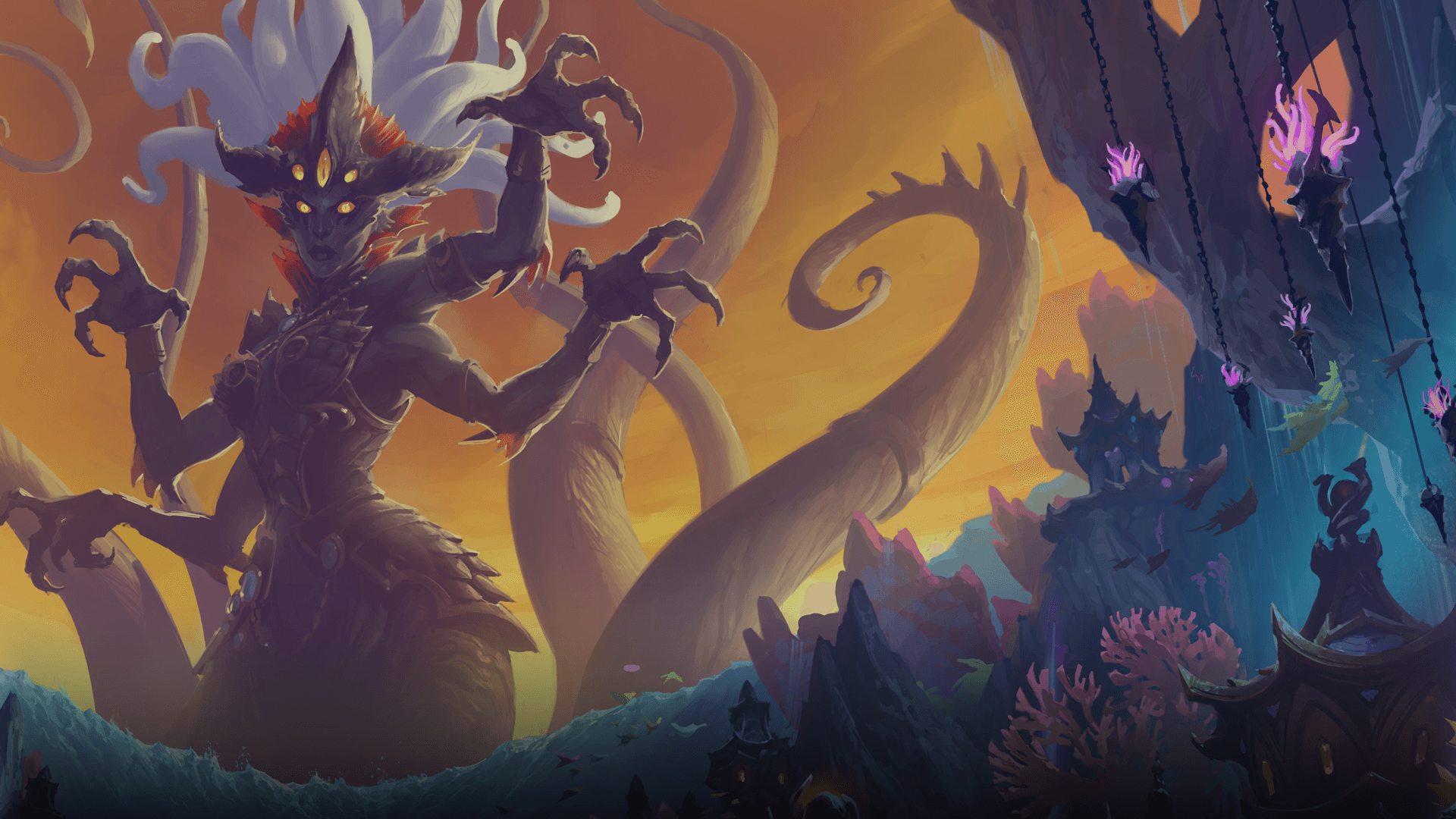With Us

Blog
Gaming (And Marketing) On Easy Mode
5 minute read
I’m an older millennial. This means I don’t just hold down a job - I also have a mortgage, kids, and at least one joint that isn’t quite working like it used to. I am also a product of growing up in the 80s, which means that I was acculturated not only into a world that was quickly becoming online but one where interactive entertainment was taking root in the living room in a serious way.
Like many of my Millennial brethren, as demonstrated by our deep dive into generational habits around gaming, playing video games has been something that I’ve carried with me into my tax-paying/weekend warrior-ing/dad-joke-loving adulthood. It’s a means for me to not only stay connected with my family but also a mainstream form of entertainment (one laden with the power of nostalgia). But like many adults, I find myself having not quite as much time as I’d like for things like entertainment. Like many adults, time is my most scarce and sacred commodity.
It’s because of this, I’ve occasionally fallen in love with the oft-derided, easily dismissed “Easy Mode” in some games. And you should too, as this signals several important implications in the gaming and marketing landscape.
The difficulty of a game (for the sake of argument, let’s consider this a rough heuristic of the skill and time required to reach the ending for a game) has constantly been evolving. Early arcade games were made notoriously difficult because having a player lose was profitable - another quarter for another chance. Early console games had a similar difficulty skew not because it would generate quarters incrementally, but rather to extend the experience beyond a few minutes (given fairly limited technical storage capacities) in order to justify the upfront cost for a game cartridge or disc (typically $50-60). Have you ever seen Super Mario Brothers played end to end? It’s not a long game, but players throughout the years have invested hundreds of hours because it’s a pretty hard game that requires multiple attempts and hours to master. These games were hard by design - “Nintendo Hard,” in fact (a modern meme that lovingly describes this phenomenon).
The center of gravity for gaming moved from the arcade to the living room, and now increasingly to the phone.
Flash forward to today and a lot has changed. The center of gravity for gaming moved from the arcade to the living room, and now increasingly to the phone. Through this transition, the technical limitations of the past are less relevant. The wide range and increasing sophistication of phone technology, and games therein, have recruited billions into the ranks of gamers, many the so-called “casual gamers.” The definitions of these groups varies, but typically entails individuals that prefer mobile games with simpler mechanics and difficulty levels. Research we’ve done on mobile gamers has shown that they are typically there to relax and take a break...which typically isn’t conducive to a rage-inducing difficulty curve.
Over time even games on console and PC have evolved along the difficulty curve. Sure, there are some games where the difficulty is the point of the game (Roguelikes, Souls games, etc.), but a much wider array of more accessible experiences are available because difficulty isn’t a necessary part of the design process in reference to technical limitations. Many of the most popular “AAA” games include an “Easy” or “Story” mode that pares back the more challenging mechanics to enable the player to enjoy and see the full story of a game without the difficulty being a barrier. Even massively multiplayer games have adopted frameworks that allow folks to experience the full game content with the difficult eased - World of Warcraft implemented a “Looking for Raid” mode that would allow players to join a random group of players to take on the biggest group-challenges in the game with greatly reduced difficulty.
As noted above, I focus on difficulty here as these shifts across console, PC, and mobile games speak to an ongoing and fundamental evolution in the gaming ecosystem with a number of important implications for marketers who are considering integrations with the gaming ecosystem:
- Games are becoming more accessible across all touchpoints, both with respect to the learning curve of the content and the devices that they can be played on. This bigger and more differentiated audiences - virtually any consumer can be reached in gaming.
- People play games for different reasons and motivations. Understanding the context of a given entertainment environment, and the need state through which a consumer approaches it leads to powerful and effective marketing tactics. A better understanding of the gaming ecosystem can lead to outsized results for brands.
- Games offer deeper and richer story experiences than the days past. These are sophisticated, multi-billion dollar entertainment experiences occasionally on par or better than the likes of TV or movies. Gaming should not be thought of as a simplistic and niche category, but a massive entertainment platform befitting premium brands and sophisticated marketing activations.
- Games aren’t just for kids, and adults are short on time - many of the best ways for brands to integrate into games is to offer boosters or rewards that would otherwise take time to achieve. In this way, brands give back the most valuable commodity possible to consumers (time) and can be a hero.
Understanding the combinatorial impact of these factors, and the cultural moment gaming now occupies, presents an opportunity to operate on “Easy Mode” for brands beginning their journey in the larger gaming world. I can personally vouch for the time and sanity savings one may reap from a well-implemented Easy Mode.
Advertise
With Us
Let's Start By Getting Connected
THE LATEST NEWS & CONTENT
Mobile Gaming: The Common Denominator Among All Game Players
In the increasingly diverse world of gaming, reaching unique, valuable audience segments offers a significant opportunity for brands and advertisers.
Why Multiplatform Players are More Receptive to Advertising
As the gaming industry continues to take its place in the entertainment ecosystem, understanding the different audience segments becomes increasingly critical for brands looking to tap into this lucrative market.
IAB PlayFronts 2024 Recap
The IAB PlayFronts 2024 marked a significant milestone in the digital entertainment sphere, bringing together industry innovators to share insights and chart the future of interactive media for the third year in a row.









